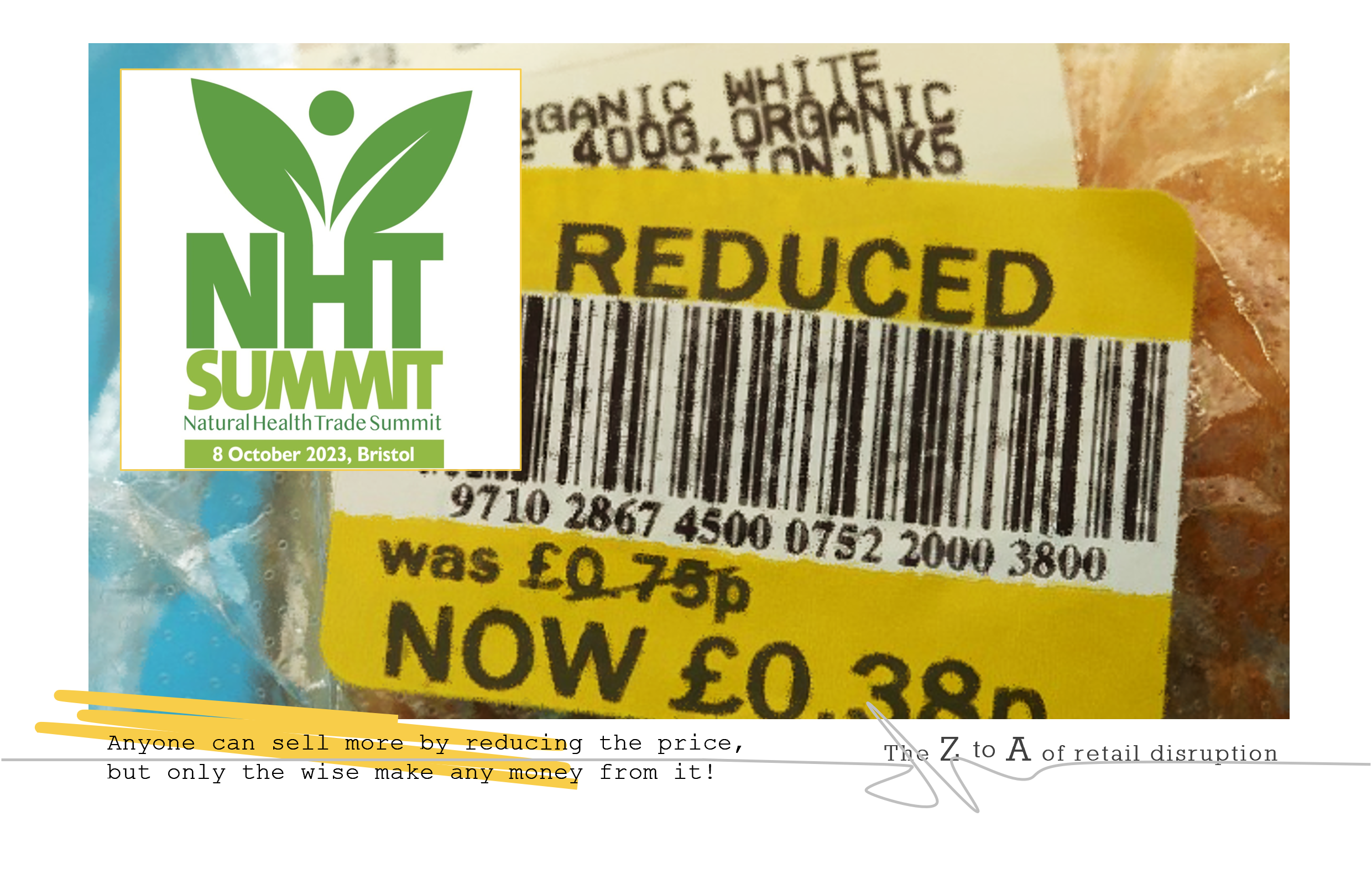There’s a lot more to price than reducing it, even when we are living in a ‘Cost of Living Crisis!’ And in fact the clever thing is not to reduce prices, but to avoid reducing them. It is a route that is more difficult and more longer-team to achieve but it offers a sustainable strategy to pricing and promotions through good times and the bad for customers.
There are many facets to pricing, and it is essential that any retailer understands these to develop a strategy that stimulates customers and sales dynamics but which protects margins and profits.
There is a whole industry that supports the larger retailers on price benchmarking, but you don’t have to spend millions to understand where your pricing sits in the markets, or more importantly where it sits with yourself, in the context of your wider brand proposition.
Firstly you need to have the correct viewpoint on how well you are performing, and how correctly you are monitoring what your best performers are, and why they perform that way. Most retailers I have come across have a variety of opportunities to increase their total sales volumes and values, without having to resort to reducing the price of their existing stock. The first step is always around modifying and evolving the assortment itself.
Next we do need to understand how your assortment performs in relation to your price architecture, your competitors and the market. Price architecture is one of those wonderful expressions that correctly identifies the importance of having a logical approach to pricing.
Understanding your price architecture means understanding your entry prices of course, but also your average, your mode and your exit prices. From this your can assess your density of pricing across your price distribution, where prices fall over each other, where gaps exist and where relative prices make no sense at all. This process can sometimes not only be illuminating but a total revelation.
When you can see this level of price transparency against your competitors then the strategic way forward can be seen. Lowering some prices, modifying conflicting prices but even increasing prices where the market analysis senses an opportunity.
Some highly tactical price initiatives can then be layered across this structure, because as we all know retail has always been as much about perception as it has the reality for customers. Target those product lines which are the customers ‘witness products’ within your market. Those relatively few products where they have a clear understanding of price point, and from which they formulate their opinion of specific retailers being expensive or good value.
Time to play with how we communicate these prices, as well as our entry prices, our mode prices. The number of price points we communicate, the clarity of price points, the repetition of prices points all have a big impact on customer perception. Interestingly, the simpler the price architecture, even and especially for huge ranges, has huge influence.
And then we come to price elasticity. How well do we know how our assortment, our ranges, our brands, categories and individual lines actually react to price reduction. In terms of their rate of sale. There is literally a gold mine in every assortment around the understanding of what will stimulate more sales without throwing your margin out with your ignorance. Price is a complex and unforgiving beast.
Ultimately, price and promotions cannot be seen in isolation from the rest of a business – managed in isolation from the rest of a business. Because any price strategy will only work when it is set against the trust and loyalty that a customer feels for a retailer. This is why a successful price & promotional strategy needs to be built over time because trust & loyalty can only be gained over time.
The bottom line literally is that only one retailer wins in any market from being the absolute lowest price. Everyone else needs to add brand value, they need to leverage convenience and reliability, and they need to create emotional and personal relationships with the customer.
And the deeper the relationship then the greater the opportunities. The greater the opportunities and potential to drive healthy rates of sale whilst protecting your profit margins, even through a ‘Cost of Living Crisis!’
